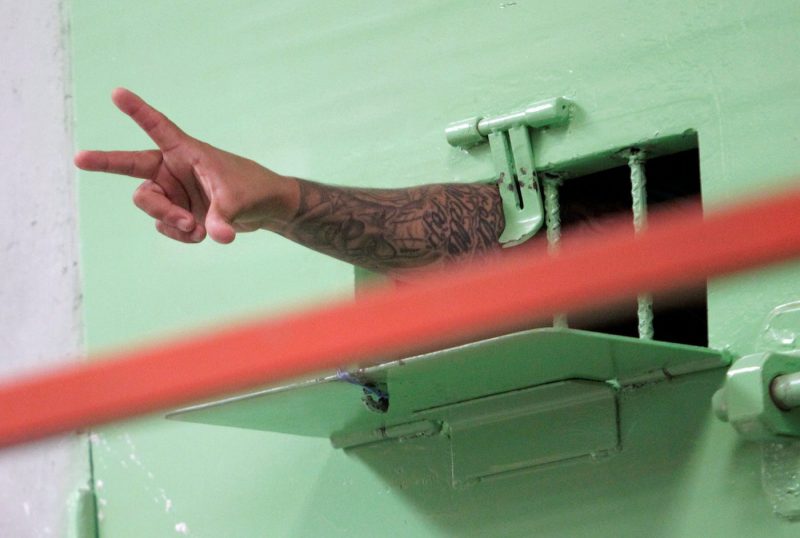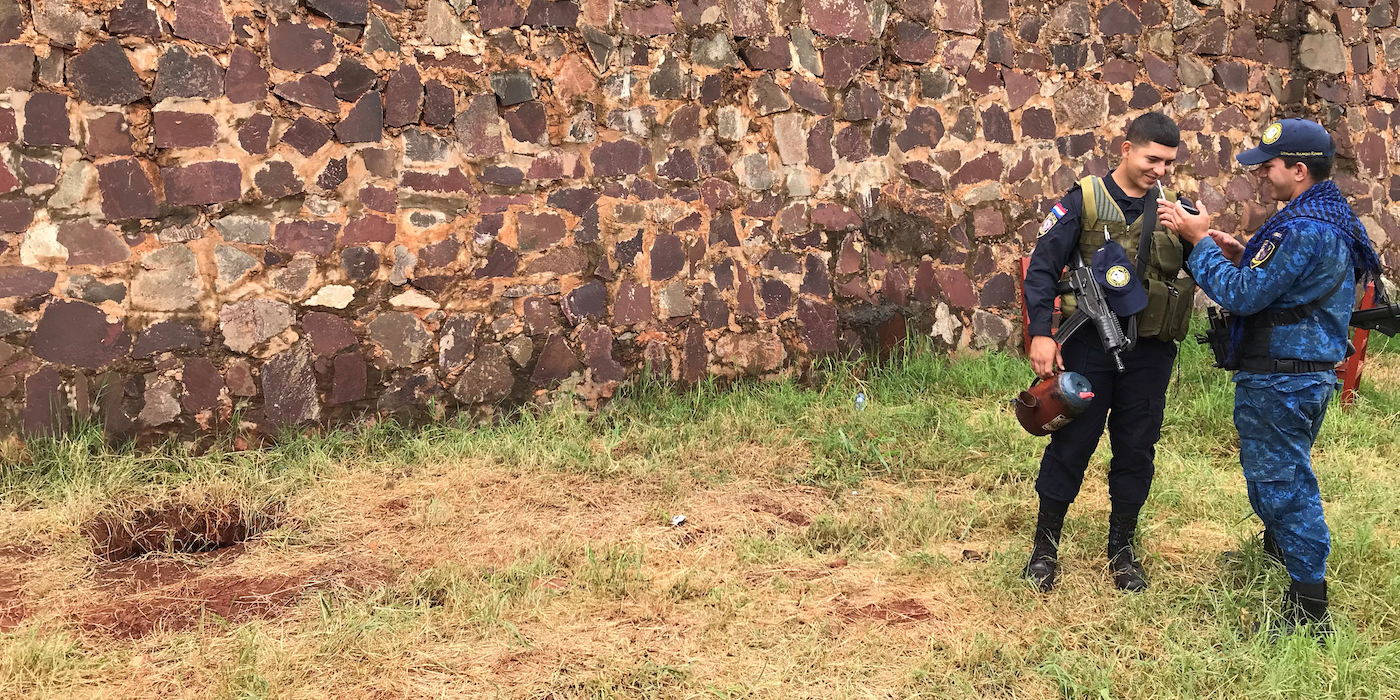- In the first weeks of 2020, Latin America has seen three jailbreaks mounted by the region’s most powerful criminal groups.
- The escapes reveal important challenges that remain for security policy in countries across the region – namely, the centrality of functioning prisons.
- Visit Business Insider’s homepage for more stories.
This is an excerpt from a recent edition of the Latin America Risk Report, a newsletter by James Bosworth, founder of political-risk advisor Hxagon.
The three events below that occurred in early 2020 are unrelated to each other, but demonstrate several security lessons relevant to this year in Latin America.
- In Mexico City, Mexico, three members of the Sinaloa Cartel escaped a prison before they could be extradited to the United States.
- In El Progreso, Honduras, heavily armed men dressed in police and military uniforms stormed a courthouse and freed a top MS-13 leader who was being escorted to a court hearing.
- In Pedro Juan Caballero, Paraguay, over 75 prisoners escaped in a breakout arranged by the PCC. Some escaped through a tunnel while others walked out the front door.
1. All three escapes occurred with help on the inside.

In the Mexico case, several prison guards confessed to their involvement.
In Honduras, sources within the country confirm that corrupt police officers provided information and handed over the prisoner to his armed allies, though they could not confirm rumors that some of those who broke the man out were members of the security forces.
In Paraguay, at least 30 prison guards and officials were detained following the breakout.
Authorities are now trying to determine which officials assisted and which ones simply allowed it to occur due to fear given the overwhelming manpower of the organization they were facing.
2. The escapes involved dominant criminal groups with transnational goals.

While there is a narrative of criminal groups fragmenting, especially in Mexico, these events were caused by the opposite trend - a consolidation of power by large and dominant criminal organizations.
The Sinaloa Cartel in Mexico, MS-13 in Central America and First Capital Command (PCC) in Brazil are among the strongest organizations within the territories they operate and have worked to consolidate control. They use their control over prison systems as a location to recruit new criminals and unify divided criminal groups.
The PCC escape highlights that organization's expansion into Brazil's neighbors (see this excellent interview in InSight Crime about the organization). Both the Sinaloa Cartel and MS-13 have organizations and leadership that move people and illicit products relatively easily across Central America's borders.
That sort of transnational growth demonstrates that rule of law weaknesses in one country impact neighboring countries.
3. Those dominant groups control the prisons and corrupt the security forces.

This is well known but worth highlighting as it represents a critical threat to the state. The ability for the groups involved in these prison escapes to bribe and otherwise corrupt security forces represents a threat to governments' abilities to improve security.
The fact these groups can often operate out of prison with impunity and escape when they decide prison has become too uncomfortable makes a mockery of the arrests and prosecutions that occur.
4. Security in Latin America runs through prison reform.

No politician in history has been elected on a promise of improving the conditions in prisons. There has been a multi-decade failure to reform prison systems to improve government control, reduce corruption and even provide more humane conditions for prisoners in order that they be rehabilitated.
The region needs to find a way to make spending money on reforming prisons politically palatable if it wants to retake control from the dominant groups that threaten the state. Without effective prison reform, the gains from other rule of law initiatives are put at risk.

